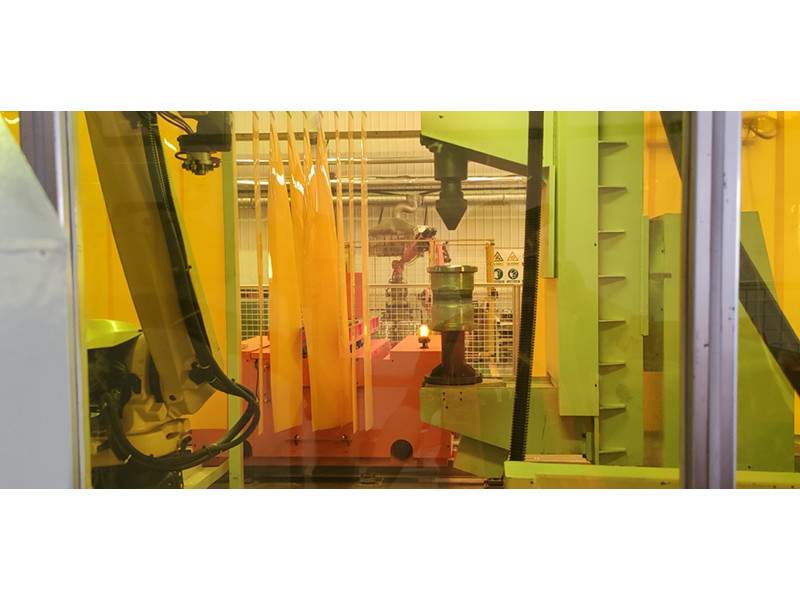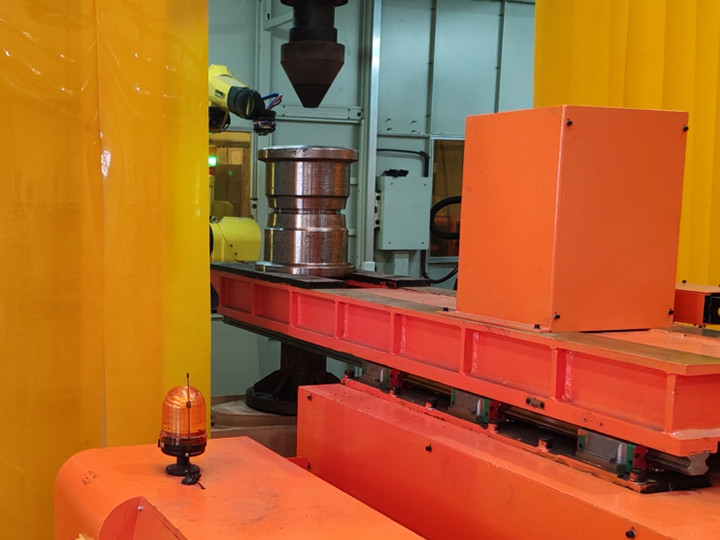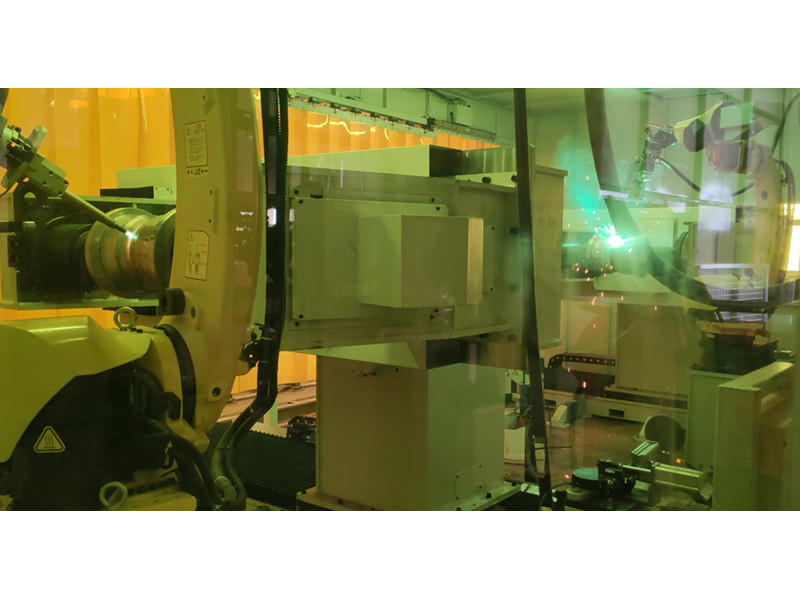Analysis of the Core Processes and Development Trends of Automotive Body Welding Technology
In automobile manufacturing,
body welding technology is the core link that determines the structural strength, safety, and production efficiency of the whole vehicle. With the popularization of lightweight materials and the increasing demand for intelligent production, welding processes are constantly iterating and innovating, providing key support for the continuous development of the automotive industry.
I. Mainstream Welding Technologies and Their Application Characteristics
1. Resistance Spot Welding: As a technology with a usage rate of over 60% in body manufacturing, resistance spot welding achieves local fusion of metals through electrode pressure and instantaneous high - current heating. Its advantages lie in small deformation and high efficiency. It is especially suitable for welding high - strength steel sheets and can avoid the damage to material properties caused by traditional heating methods.
2. Laser Welding: With a high - energy - density beam, laser welding can achieve seam processing with an accuracy of 0.1 mm. It is especially suitable for connecting precision components such as the electric drive system and battery packs of new - energy vehicles. This technology shows significant advantages in welding lightweight materials such as aluminum alloys and galvanized steel sheets, and the welding speed can reach several meters per minute.
3. Gas - Shielded Welding: Using CO₂ or mixed gases as the shielding medium, it is suitable for welding medium - and thick - gauge plates. It has the characteristics of low cost and strong adaptability and is commonly used for repair welding of components such as doors and frames.
4. Arc Welding and Brazing: Arc welding is mostly used for connecting thick - wall structural parts, while brazing achieves the combination of dissimilar materials through a filler metal with a melting point lower than that of the base material. It is widely used in fields such as radiator and electronic component assembly.
II. Material Adaptation and Process Innovation
Modern body materials have evolved from single - steel structures to multi - material hybrid structures, including:
- High - Strength Steel: The mainstream material accounting for over 60%, which needs to be paired with a resistance welding process with precise pressure control.
- Aluminum Alloy: The preferred lightweight material, which relies on low - heat - input technologies such as laser welding and friction stir welding.
- Composite Materials: Materials such as carbon fiber - reinforced plastic (CFRP) promote the development of bonding and ultrasonic welding technologies.
Taking new - energy vehicles as an example, the battery box uses a hybrid structure of an aluminum alloy frame and a steel chassis, which requires a combination process of laser tailor - welding and self - piercing riveting (SPR) to achieve reliable connection while meeting the requirements of lightweight and collision safety.
III. Technological Breakthroughs and Industry Challenges
Currently, the welding field faces three core challenges:
1. Multi - Material Compatibility: The differences in melting points and thermal expansion coefficients of different materials require the development of composite welding processes. For example, laser - arc hybrid welding can simultaneously increase the penetration depth and welding speed.
2. Intelligent Upgrading: The weld positioning system based on machine vision can improve the welding accuracy to ±0.05 mm, and the digital twin technology realizes real - time optimization of process parameters.
3. Green Production Requirements: The application proportion of environmentally friendly technologies such as smokeless laser welding and low - energy - consumption electromagnetic pulse welding is increasing year by year, promoting carbon emission reduction in the welding process.
Taking the manufacturing of the body - in - white of a certain vehicle model as an example, after adopting a fully automatic welding production line, the production cycle has been shortened from 120 seconds per vehicle to 78 seconds, and the qualified rate of weld spots has been increased to 99.97%, significantly reducing the rework cost.
IV. Future Development Trends
1. Flexible Production: Modular welding workstations can quickly adapt to different vehicle models and support multi - variety mixed - line production.
2. Quality Monitoring System: The online monitoring system can achieve 100% traceability of the quality of weld spots through means such as infrared thermal imaging and acoustic emission detection.
3. New Material Adaptation: For magnesium alloys and ceramic - matrix composites, ultra - low - temperature welding processes such as cold metal transfer (CMT) are being developed.
With the in - depth integration of 5G communication and the industrial Internet, the welding process is transforming from a single connection technology to a systematic project covering design, simulation, and execution, continuously promoting the automotive manufacturing industry to develop in a safer, more efficient, and more environmentally friendly direction.


